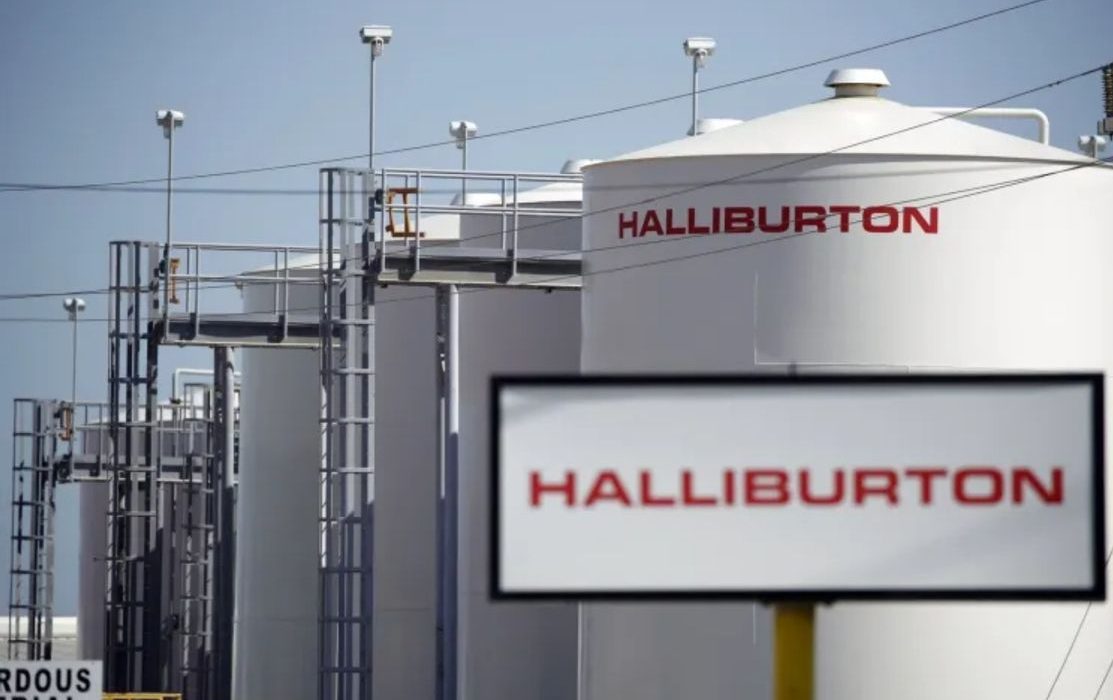Introduction
Halliburton, the oilfield services firm, has reported a first-quarter profit that exceeded Wall Street estimates. The company’s positive financial results can be attributed to a tight services and equipment market that has driven demand and improved its pricing. This article will delve deeper into the factors affecting the oil market and how they impact Halliburton’s performance.
Factors Affecting the Oil Market
The global oil futures market is currently trading above $80 a barrel, which is down about 20% from a year ago. However, this price is still higher than the price most companies need to drill profitably. In recent months, the market has been volatile, falling to around $70 a barrel amid concerns of a banking crisis before rebounding on a surprise cut by OPEC+.
One of the major factors affecting the oil market is the ongoing COVID-19 pandemic. The pandemic has led to reduced demand for oil as travel and transportation have decreased. However, with the rollout of vaccines and easing of restrictions, demand is starting to pick up again.
Another factor is the geopolitical tensions between major oil-producing countries. For example, tensions between the US and Iran have led to sanctions on Iranian oil, which has reduced the global supply of oil. Additionally, conflicts in the Middle East have caused disruptions to oil production and transportation, leading to increased prices.
Halliburton’s Performance
Despite the volatility in the oil market, Halliburton has reported better-than-expected profits in the first quarter of 2023. The company’s success can be attributed to a tight services and equipment market that has driven demand and improved its pricing.
The tight services and equipment market can be attributed to a number of factors, including the reduced supply of oil due to geopolitical tensions and the pandemic-related decrease in demand. This has led to an increase in demand for Halliburton’s services and equipment, as companies look to maximize their profits by drilling more efficiently.
Halliburton has also been able to improve its pricing due to the tight market conditions. With fewer competitors in the market, the company has been able to negotiate better prices for its services and equipment, leading to increased profitability.
Conclusion
In conclusion, Halliburton’s Q1 profit beat estimates due to a tight services and equipment market driving demand and improving its pricing. While the oil market has been volatile due to the pandemic and geopolitical tensions, Halliburton has been able to thrive in these conditions. As the world continues to recover from the pandemic and oil demand picks up, it will be interesting to see how Halliburton continues to perform.










